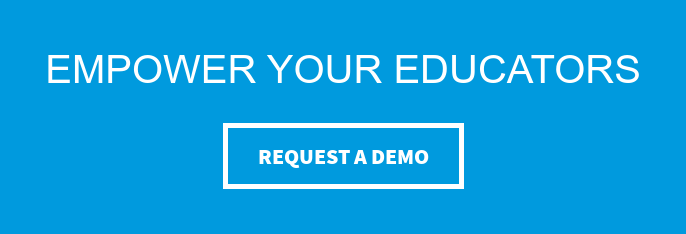Search the App Store or Google Play and you'll find loads of emergency apps for schools — apps that promise to help teachers communicate with their colleagues, connect with emergency services, and protect students. The problem is, not all of these apps provide you with value. Some don't work properly; others are just way too difficult to use. Here are two of the problems with these apps — and a viable solution.
1. Teachers Are Reluctant to Use These Apps
 The average smartphone user has 60-90 apps on their device and uses around 30 of them every month. It's no wonder teachers are reluctant to download more stuff onto their phone.
The average smartphone user has 60-90 apps on their device and uses around 30 of them every month. It's no wonder teachers are reluctant to download more stuff onto their phone.
If you've ever used an emergency alert app in your school before, it was probably a hard sell. Your teachers probably complained about downloading it onto their phone. Some might have deleted the app after a while or forgot to reinstall it when they changed their phone.
Research shows that 37 percent of 35-54-year-olds are just not interested in new apps. Sixty-six percent of this age group don't purchase any paid apps a month, while 58 percent make no in-app purchases a year. Others delete apps from their phones after a while.
"People say they remove apps because they’re just not using them, their interest has waned, their phone needed decluttering, or because they need more storage space," says TechCrunch.
Regardless of whether teachers are or are not into app usage, there are other factors at play here, too including:
- What if a teacher forgets their phone for a day?
- What if they're not running the most current operating system per device and the apps won't download or update?
- What is the legality that falls on a school or district to require teachers to use their personal phones for school reasons?
I've worked in education for over 30 years. I've seen countless numbers of teachers do anything to help their students be successful. They spend their own money on school supplies, lunches, and plenty of other things that matter to kids. Now, in 2019, they're adding app store purchases to that list and maintaining the tech requirements needed to enforce classroom safety. There is a better way.
2. These Apps Don't Really Do Much
Not all emergency apps are equal. Many of these apps claim to protect students in an emergency, but in reality, don't do very much at all. For example, some emergency apps let users speed dial 911 in an emergency. Can't teachers do that themselves? Other emergency apps let users compile a list of emergency contacts — the local fire department, school safety coordinators, local government officials, etc. This is the same as the existing contacts app on your device. In short, downloading some of these apps is just a waste of time.
While emergency apps make bold claims — they can save lives, for example — some of these applications could potentially hinder emergency preparedness. Some take ages to update, require constant updates and, all too often, rely on a Wi-Fi connection. What happens if your phone can't connect to the internet? An emergency lockdown app would be useless. Sure, cell phones are critical in an emergency. There's one crucial aspect that's often overlooked or forgotten in emergency planning and that's the role the teacher plays for students in a crisis. Most teachers have an average of 20 kids in their classrooms. One year, I had 35 fifth graders. The younger the classroom, the more consoling, hand-holding, directing, and emphasis on securing the teacher has to perform. Locating a phone and firing up an app takes precious time and energy away from maintaining the classroom's response.
"[Uses] for cell phones during an attack include sending texts to parents, teachers, and students with accurate information to help quell rumors and as a way to manage traffic when parents converge on a school and can block emergency responders," says Mashable.
But apps provide little value to teachers in an emergency situation. Plus, they take way too long to do anything. Teachers need to find their phone, unlock it, start up the app, and navigate several menus. There's no time for any of that during an emergency. It's much easier to make the 911 call from the phone on the wall in my classroom than it is to even find my cellphone wherever it's buried during the school day. Some schools have cellphone policies that affect teachers, admin, and staff, too restricting use in classrooms.
What's the Solution?
Badge Messenger® is a new messaging and alert system that will help teachers improve communication during an emergency. There's nothing to download, and it doesn't require Wi-Fi or a cellular connection. Instead, teachers wear the two-way messaging system on the reverse of their I.D. badges. Wearing the messenger ensures teachers have quick access to help and/or response where minutes and hands are critical.
Learn about the other benefits of Badge Messenger in this video:
Emergency apps sound great on paper but, the truth is, they can cause all sorts of problems. Teachers are reluctant to use them, and apps take precious time away from teachers helping students in unimaginable situations. Using other school alert systems, however, could provide your teachers with a lifeline in an emergency.
